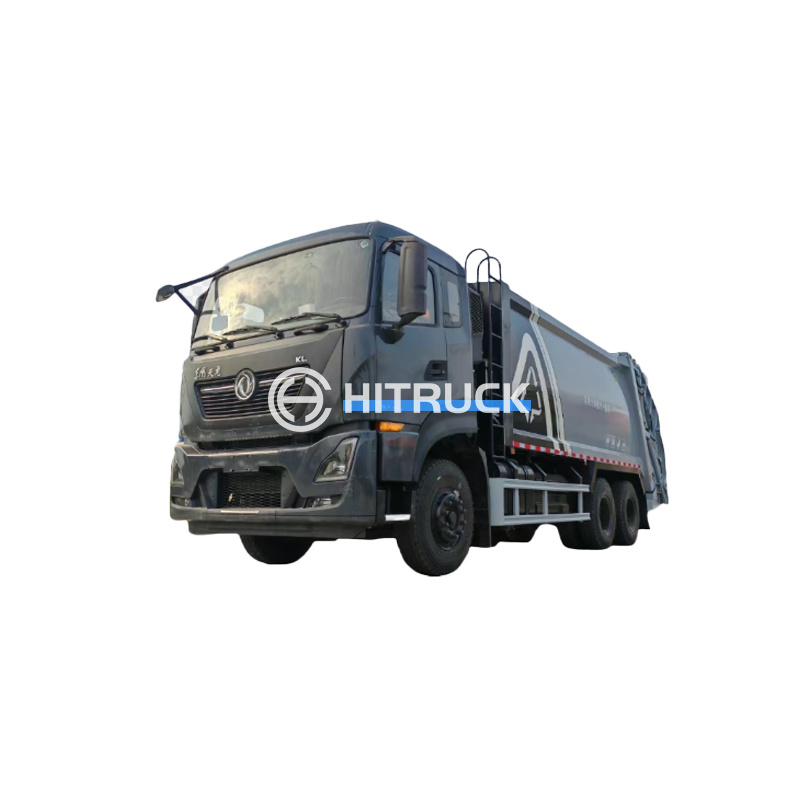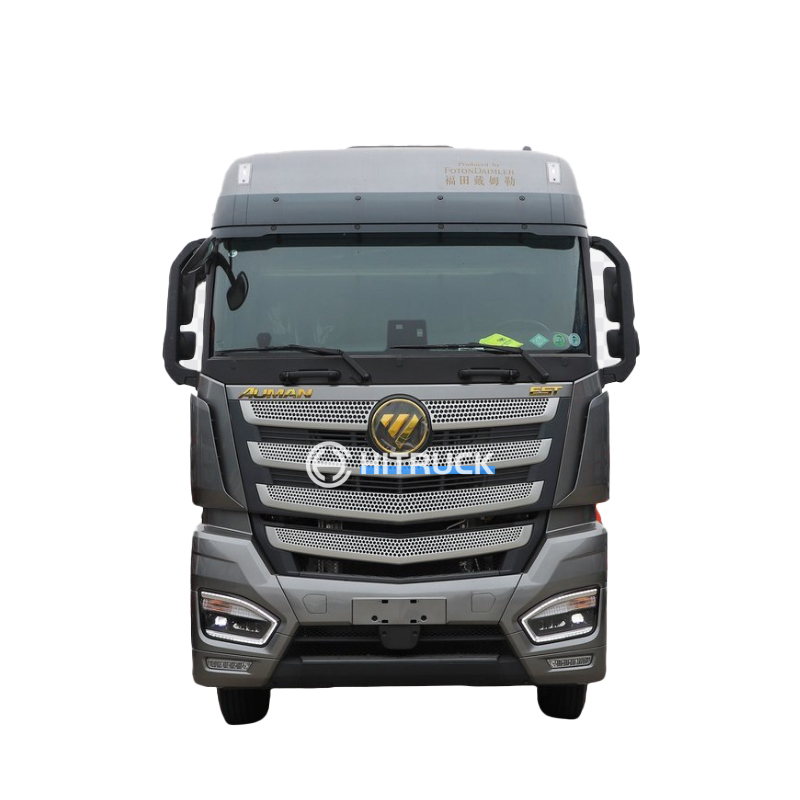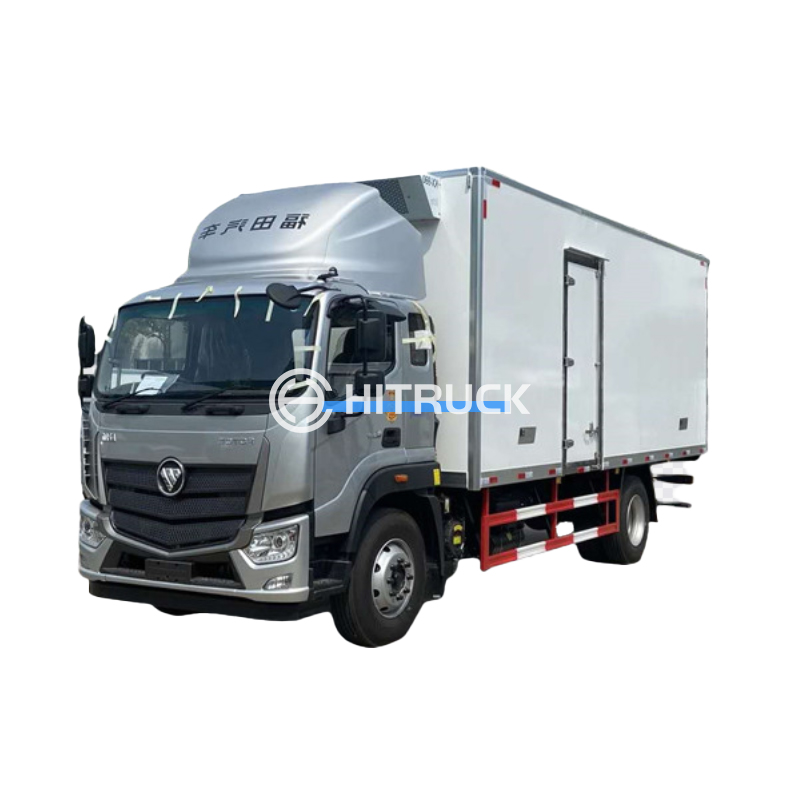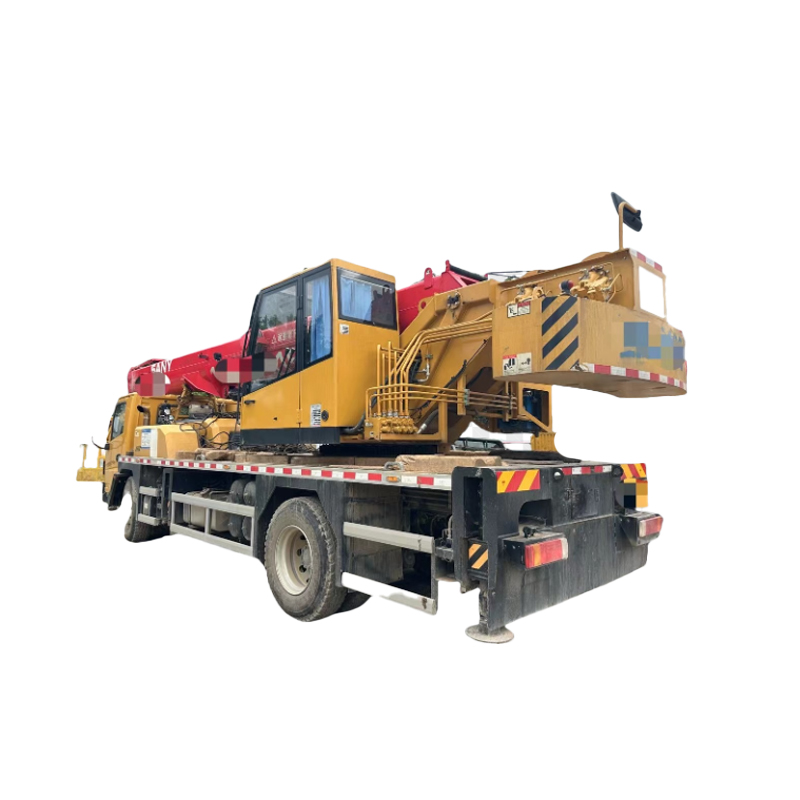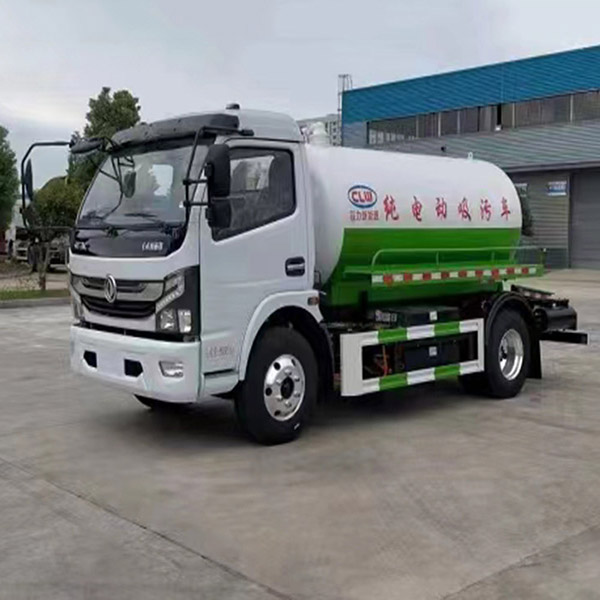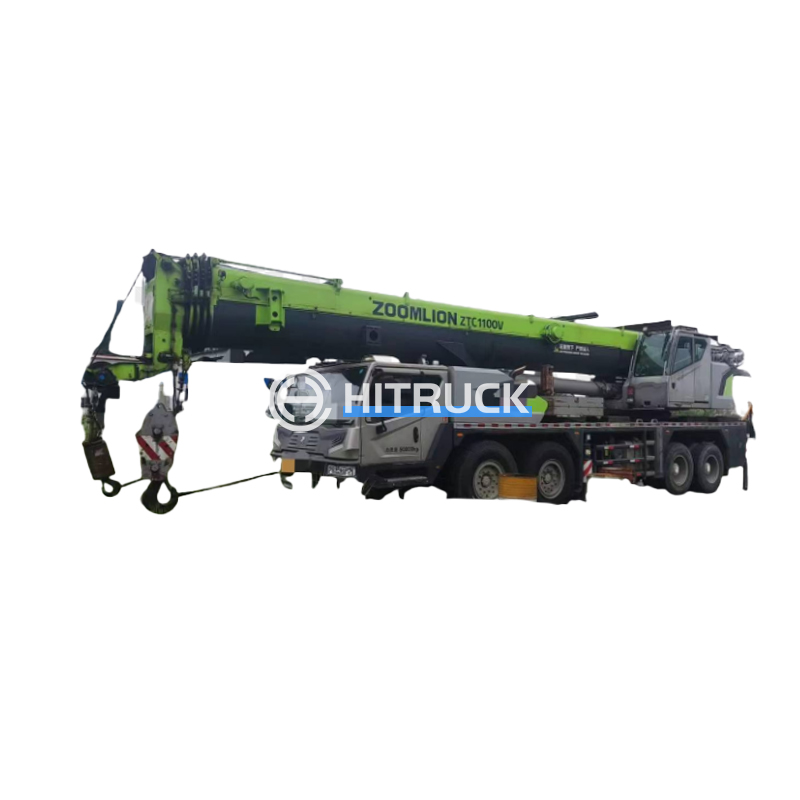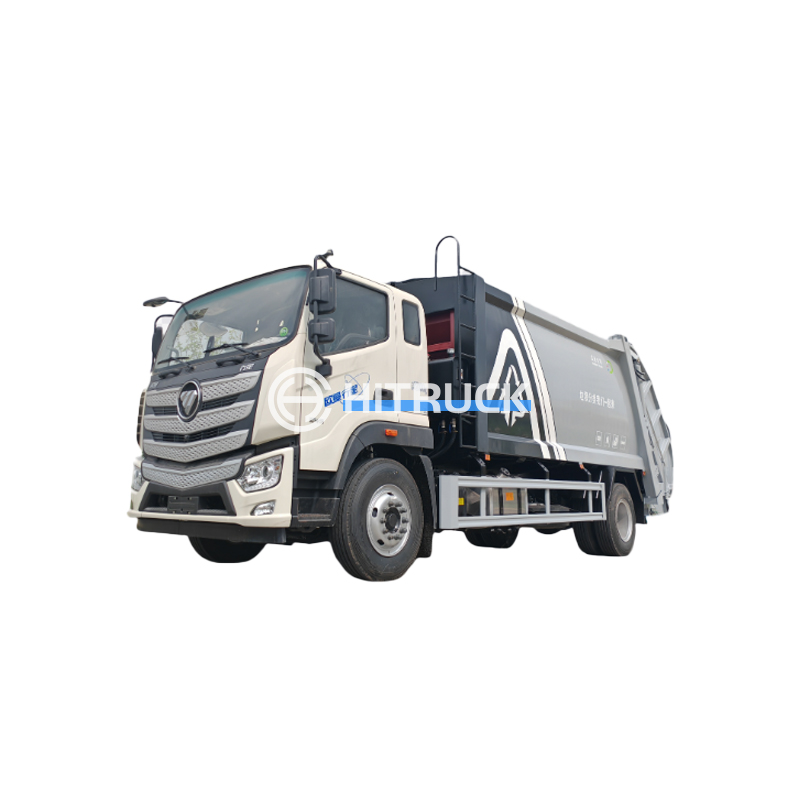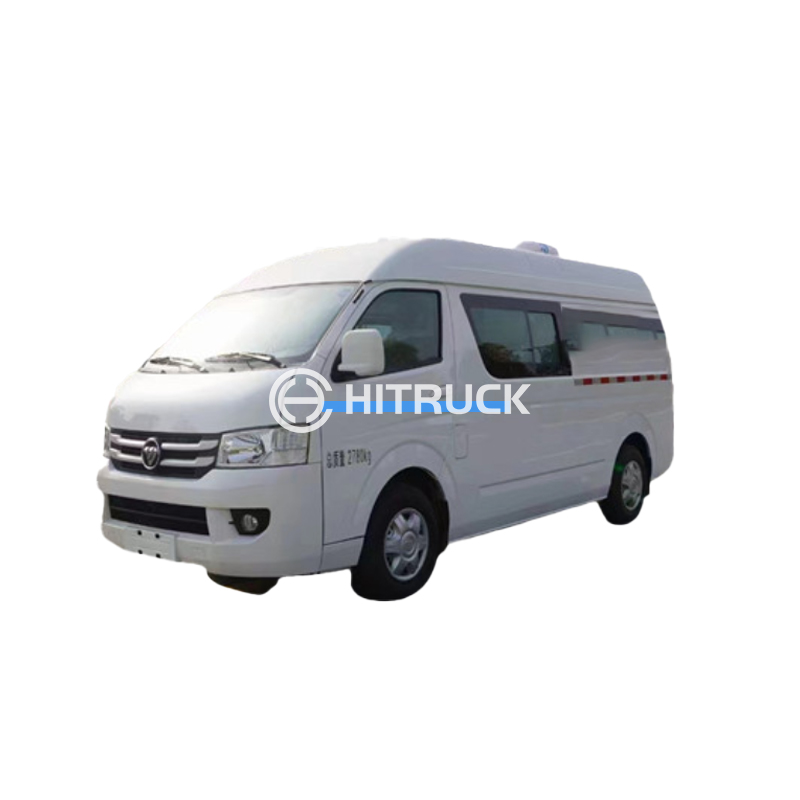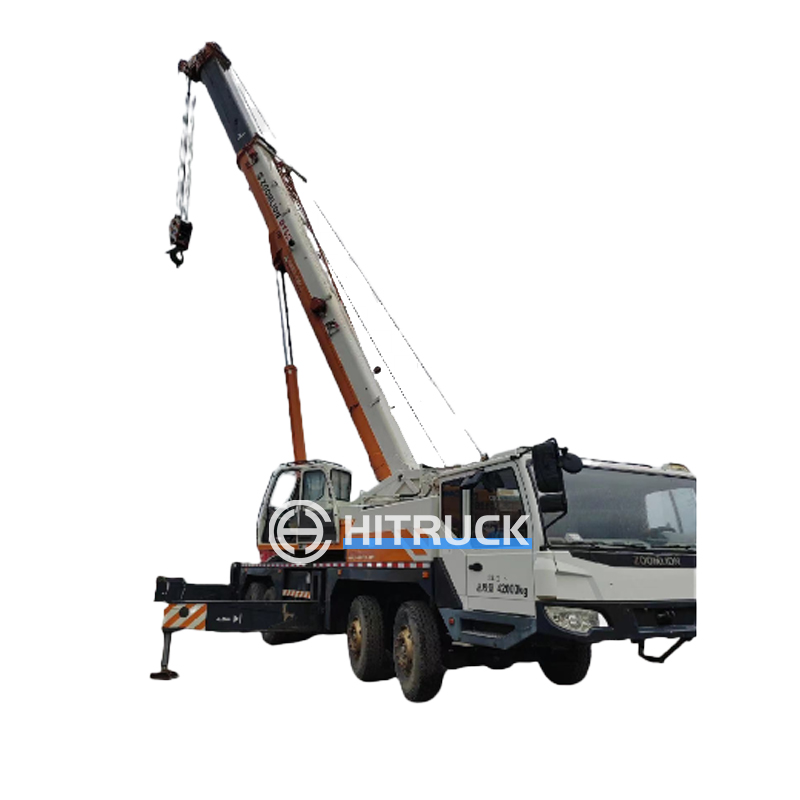This comprehensive guide explores the diverse world of cranes, covering their types, functionalities, and applications. We'll delve into the factors to consider when selecting a crane for various projects, providing practical advice and real-world examples to help you make informed decisions. Whether you're a construction professional, a logistics manager, or simply curious about these impressive machines, this guide offers valuable insights into the world of cranes.
Tower cranes are commonly seen on construction sites, particularly for high-rise buildings. They are characterized by their tall, freestanding structure, and are capable of lifting heavy loads to significant heights. Their versatility makes them suitable for a broad range of construction tasks. Different types of tower cranes exist, each with its own capacity and reach specifications. For example, luffing jib cranes offer increased maneuverability, while hammerhead cranes excel in covering a large working area.
Mobile cranes, including rough-terrain cranes and all-terrain cranes, provide flexibility and mobility. Unlike tower cranes, these cranes are self-propelled, allowing them to move easily across various terrains. Rough-terrain cranes are designed for uneven surfaces, while all-terrain cranes prioritize stability and maneuverability on paved surfaces. Their portability makes them ideal for projects requiring frequent relocation of equipment.
Overhead cranes are frequently found in industrial settings, such as factories and warehouses. These cranes utilize a bridge structure to move loads along a track system. They are particularly effective for transporting materials within a defined area, increasing efficiency and reducing manual handling. Variations include gantry cranes, which have legs that rest on the ground, and jib cranes, offering a smaller-scale solution for more confined spaces.
Beyond these common types, several specialized cranes exist, each designed for specific applications. These include floating cranes for port operations, crawler cranes for heavy lifting in difficult terrain, and knuckle boom cranes known for their flexibility and compact design. The choice of crane heavily depends on the project requirements.
Selecting the right crane is crucial for project success. Key considerations include:
Safety is paramount when working with cranes. Always adhere to strict safety protocols, including regular inspections, qualified operators, and proper load securing techniques. Ignoring safety measures can lead to accidents and injuries. For detailed safety guidelines, consult relevant industry regulations and best practices.
Choosing a reliable supplier is essential. Consider factors like experience, reputation, and after-sales support. Suizhou Haicang Automobile sales Co., LTD is a trusted source for various types of heavy machinery, including cranes. They provide a wide range of choices and reliable support to meet diverse needs.
| Crane Type | Typical Applications | Advantages | Disadvantages |
|---|---|---|---|
| Tower Crane | High-rise construction | High lifting capacity, large reach | Limited mobility |
| Mobile Crane | Construction, transportation | Mobility, versatility | Lower lifting capacity compared to tower cranes |
| Overhead Crane | Industrial settings | Efficient material handling | Limited reach outside the track system |
Remember to always prioritize safety and choose a crane that aligns perfectly with your project needs. Thorough research and careful consideration are key to successful crane selection and operation.


